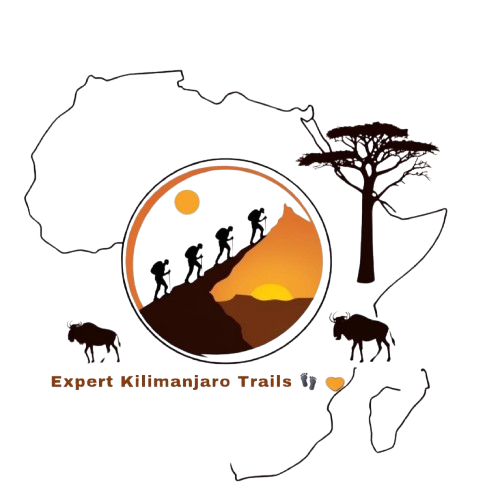+255 755 232 827
info@expertkili.com
- Home
- About Us
- Safaris
- Day Trips / Excursions
- 1 Day Safari Arusha National Park
- 1 Day Safari Tarangire National Park
- 1 Day Safari Lake Manyara National Park
- 1 Day Ngorongoro Crater Safari
- 1 Day Materuni Waterfall and Coffee Tour
- 1 Day Kikuletwa Hotsprings Tour
- 1 Day Lake Chala Tour
- 1 Day Marangu Village Tour
- 1 Day Lake Jipe Tour
- 1 Day Pare Mountains Tour
- 1 Day Maasai Village Tour
- Wildlife Safaris
- 2 Days Lake Manyara and Ngorongoro Crater Safari
- 3 Days Serengeti and Ngorongoro Crater Tour
- 3 Days Highlight of Tanzania Safari
- 4 Days Lake Manyara, Serengeti, and Ngorongoro Safari
- 5 Days Mid-range Tanzania Safari
- 6 Days Classic Tanzania Safari
- 7 Days Best of Tanzania Safari & Culture
- 7 Days Serengeti Wildebeest Migration Mara River Crossing
- 7 Days Serengeti Wildebeest Migration Calving Season
- Culture
- Honeymoon Packages
- Great Wildebeest Migration
- Photographic Safaris
- Tailor Made Trips
- Destinations
- Safari Gallery
- Day Trips / Excursions
- Kilimanjaro
- Kilimanjaro Itineraries
- 5 Days Kilimanjaro Climb Marangu Route
- 6 Days Kilimanjaro Climb Marangu Route
- 6 Days Kilimanjaro Climb Machame Route
- 6 Days Kilimanjaro Climb Umbwe Route
- 6 Days Kilimanjaro Climb Rongai Route
- 7 Days Kilimanjaro Climb Shira Route
- 7 Days Kilimanjaro Climb Machame Route
- 7 Days Kilimanjaro Climb Lemosho Route
- 8 Days Kilimanjaro Climb Lemosho Route
- 9 Days Kilimanjaro Climb North Circuit Route
- Kilimanjaro Information
- Kilimanjaro Itineraries
- Mount Meru
- Zanzibar
- Experiences
- Volunteer
- More +
